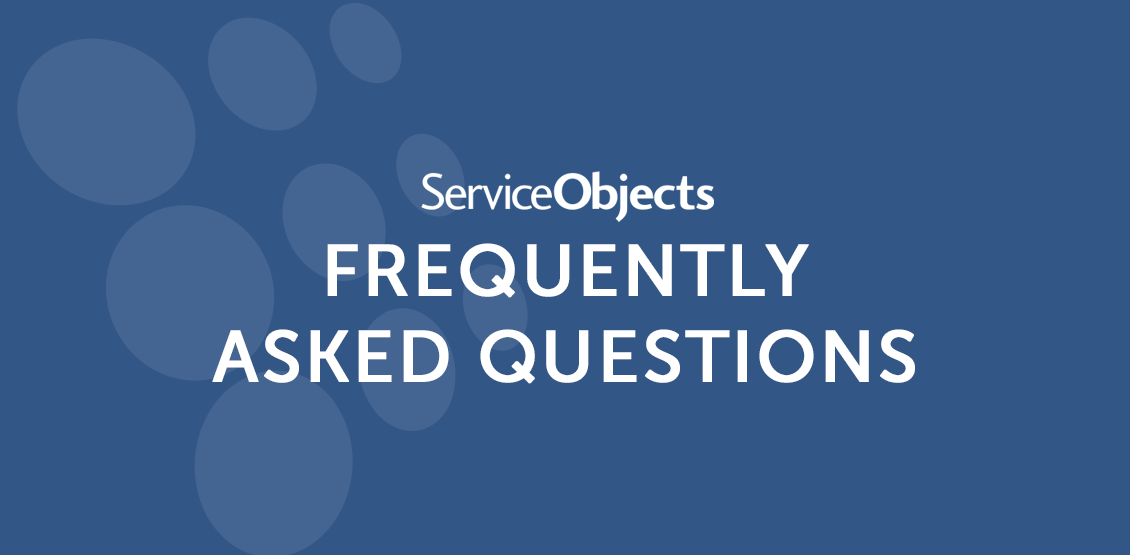As you may have heard Service Objects offers a downloadable list of all the postal codes in the US and Canada. This list had gotten quite a bit of attention, has become quite popular, and best of all, it is free! So we wanted to put together a set of FAQs for the questions we typically get about the service, to help users better understand the data and the different values it returns.
-
There are multiple city and county combinations for some ZIP codes. Why is that?
It is not uncommon for a ZIP code to encompass multiple cities and even counties. This can be especially true for ZIP codes in rural areas that cover large swaths of land. There are multiple records in the file to indicate this. This is more common for US ZIP codes than it is for Canadian postal codes, but there are some Canadian postal codes that can include multiple municipalities.
-
What coordinates are provided for each postal code?
Most of the time, the provided coordinates will be the rough center of the given postal or ZIP code. For postal codes in the Canada file that cover a smaller geographical area (i.e. a single building or a small city block), the coordinates may be on the street in front of the area the Postal Code covers.
-
In what format is the time zone field provided?
The time zone value is the number of hours from GMT (Greenwich Mean Time)
-
Why are there so many more Canadian postal codes than US ZIP codes?
In general, Canadian postal codes cover much smaller geographic areas than US ZIP codes. Some Canadian postal codes can cover just a single block, or even just a single high-rise building. Others in more rural areas can cover much larger geographic areas akin to US ZIP codes. US ZIP codes tend to cover larger geographic areas and tend to encompass multiple cities and countries.
-
Some US ZIP codes have the same latitude/longitude as other ZIP codes in the same city, or don’t have a latitude/longitude at all. Why is that?
Unique latitude and longitude values aren’t available for every ZIP code. Some ZIP codes are new and don’t have data readily available. Other ZIP codes are solely used by the USPS for PO Box services, so they won’t have a typical latitude and longitude associated with them. When this occurs, the data will simply report the centroid of the given city associated with the ZIP code. If no data is available, the latitude/longitude values may be blank for those records.
-
How often is the data updated?
This data is typically updated every month, toward the beginning of the month. The files will have a month and year stamp to indicate the most recent version that has been uploaded.
-
How is this data created?
Magic! Mostly kidding. This data comes from multiple disparate data sources that we have combined, enhanced, appended, and polished up to make available to anyone who wants it.
We are always looking for feedback on our files, so if you have anything you would like to see in these files or any other questions, please send them our way.
Check out Download Free ZIP and Postal Code Database with GeoCoordinates for US and Canada or you can download the file using the button below.













